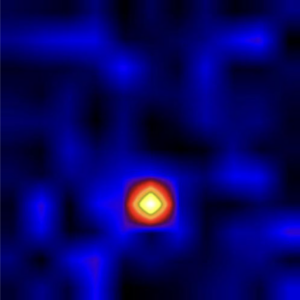In the late 1700’s, after Newton’s laws of gravity was published, people wondered what effects gravity could have on well, anything. Its effects on light, sound, various objects like stars, planets, and more. Newton also had a theory of light being thousands of minuscule particles; while he was wrong, he was still close. Lots of interesting ideas were proposed from this, with one man expanding on them. He was considered 200 years ahead of his time! The main idea today is “Dark Stars”, or the history Black Holes as we now call them!
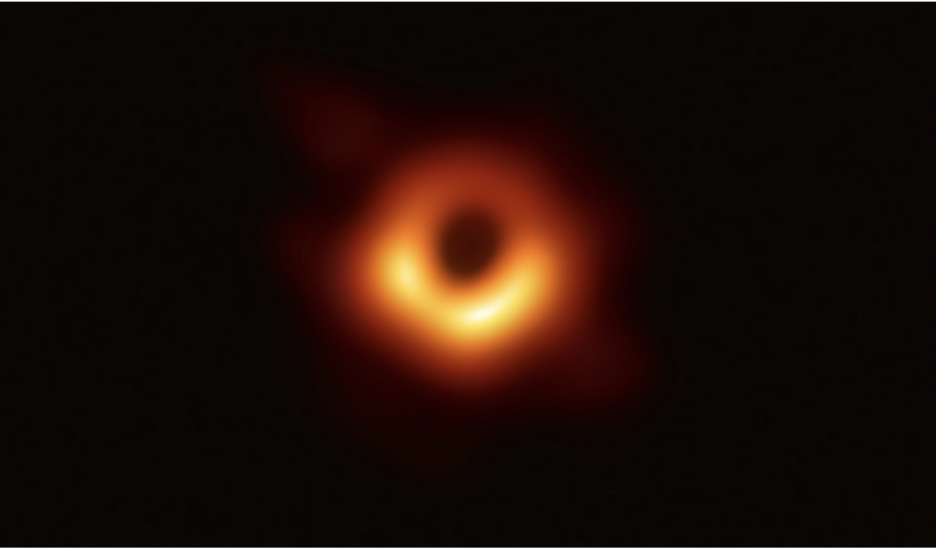
“Dark Star” History:
Black holes are a rather recent discovery. But did you know the concept of a black hole has existed for over 200, almost 300 years? Back in the late 1700’s, people like John Michell used Newton’s Corpuscle Law of Light. Which is the idea that light is thousands of miniscule particles. Combined with Gravity to calculate and theorize something that light couldn’t escape. They didn’t know lights exact speed, but had an idea thanks to Newton. Michell had theorized that since light had a set speed, a star could be so big and have such a massive gravitational pull that its escape velocity. Velocity is the speed an object has to have to escape another object’s gravitational pull and this would exceed that of the speed of light.
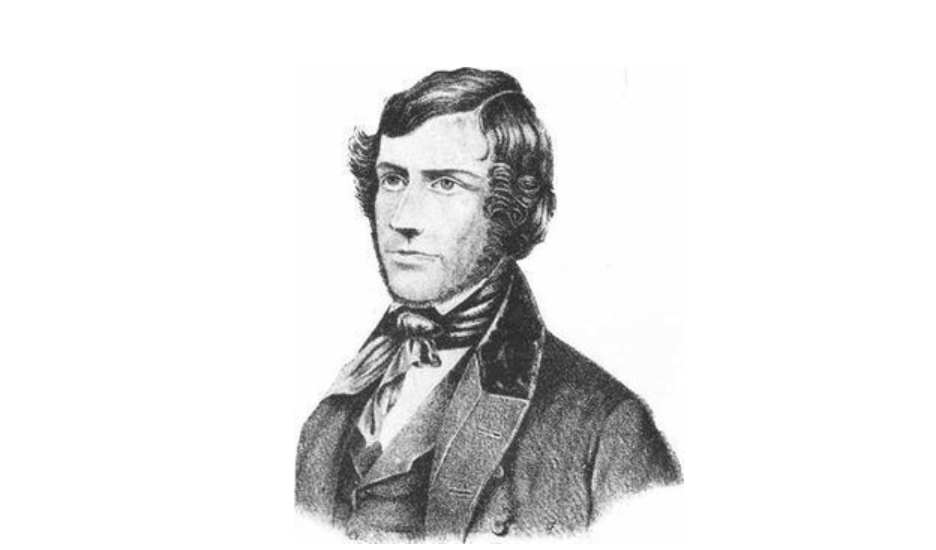
Michell’s research was brought up by Pierre-Simon Laplace, when he would calculate and theorize gravitational potential energy, and confirm that something like a black hole could indeed exist.
But that’s not the only thing that Michell’s research had come up with. He would come to realize that the only way that a black hole could be identified (at the time) was in a binary star system. The star in a binary system is influenced by another strong celestial body and that body releases no light. Fun fact, this is actually the way we first identified a black hole, Cygnus X-1! Who would’ve thought some guy from 200+ years ago would give us a rather extraordinary way of finding our first black holes?
Michell and Laplace’s discoveries:
Now Michell’s & Laplace’s discoveries have a bit of a sad ending, since they went off of Newton’s Corpuscular theory of light. They both thought light was a bunch of miniscule particles. When Thomas Young’s Double slit experiment had proven that light had wave-like properties, the idea of it being a particle was thrown out, alongside Michell & Laplace’s “Dark Star” Concepts. It wouldn’t be until the 1960’s-70’s that much of their work would really show back up again.
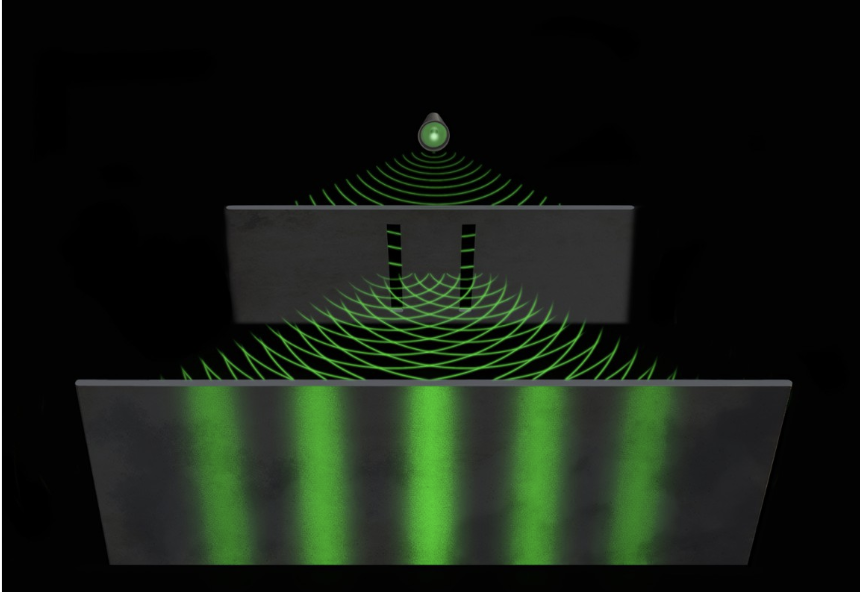
But before their resurrection in the 70’s, something else happened. While light has wave-like properties, Michael Faraday (the creator of the wave-theory) would theorize that its actually more of an electromagnetic vibration. Which inspired James Clerk Maxwell to further experiment with it in the early 1900’s and figuring out that it is a variation of Electromagnetic radiation and explaining it had a constant speed. Heinrich Hertz would prove that it is a form of Electromagnetic radiation when comparing radio waves and light waves speed. This proves gravity does affect light. This would help set the foundation for Einstein’s General relativity theory!
Karl Schawrzchild
In the early 1910’s, Karl Schawrzchild would provide an exact answer to Einstein’s General Relativity equations. He would use them to prove that “Dark Stars” could truly exist and ended up deriving the Schwarzschild Radius off of them. Getting: R < 2GM/c^2 (“R” is radius, “G” is the gravitational constant, “M” is the object’s mass, and “c” is the speed of light).
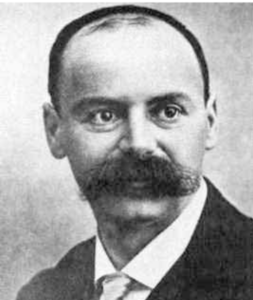
Now before we go further in, what is the Schwarzchild radius? The Schwarzchild radius is what defines a black holes or “dark stars” event horizon in comparison to the objects mass. Basically saying that something can have an event horizon that light can’t escape if the radius of the object is less than the gravitational constant times the mass, divided by the speed of light squared. This would help support Michell & Laplace’s Theories about black holes and their gravities by using mathematics instead of theory.
With the Schwarzchild radius and light being part of the electromagnetic spectrum, we would see a huge rise in theories from 1950’s-60’s. When Jocelyn Bell Burnell would discover the first neutron star (A star core so compact that the Neutrons within the atoms are holding it against its own gravity), people started to speculate about “gravitationally collapsed” objects as reality, which leads us to Cygnus X-1, the first ever candidate of a black hole! As mentioned previously, Michell’s idea that comparing star’s light in a binary star system was actually what found it! It would take more time, until 1990, to be proven as a black hole!
